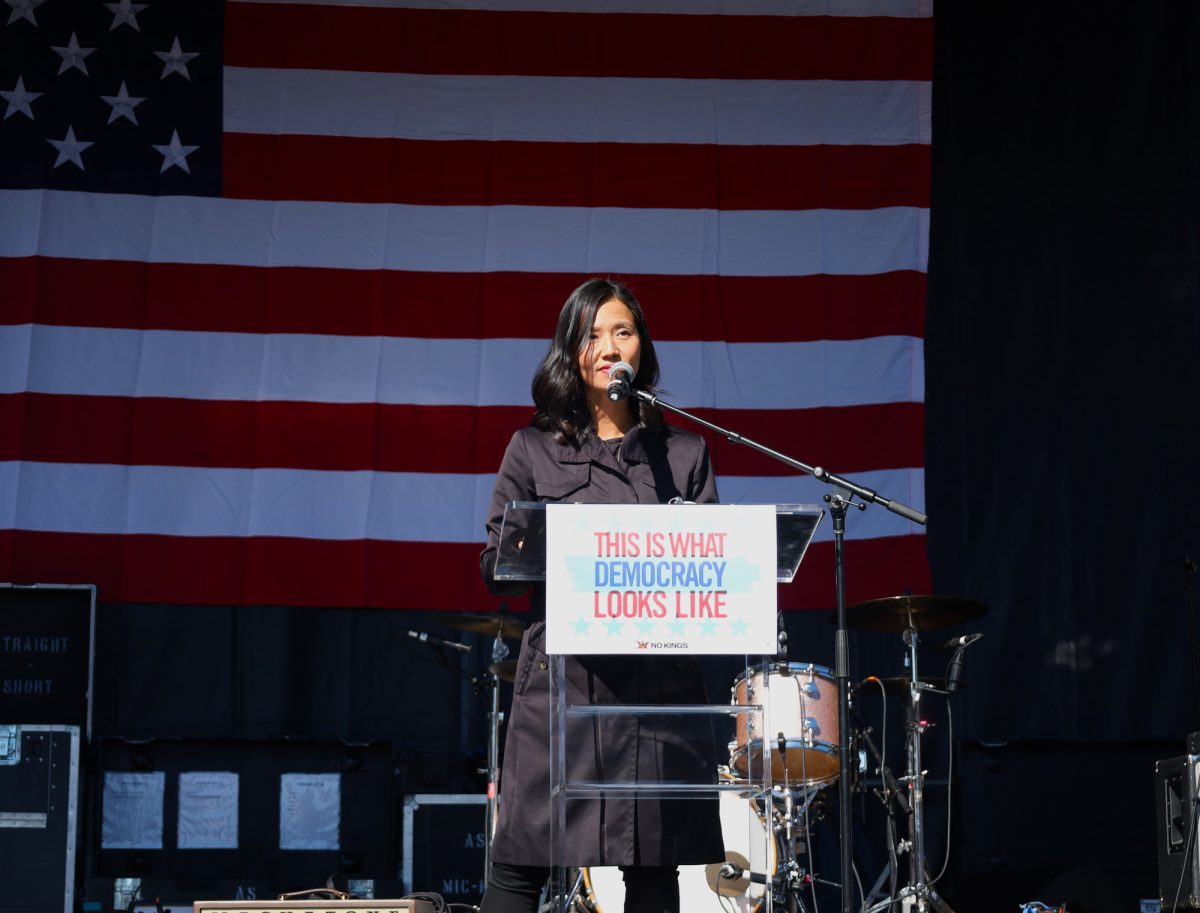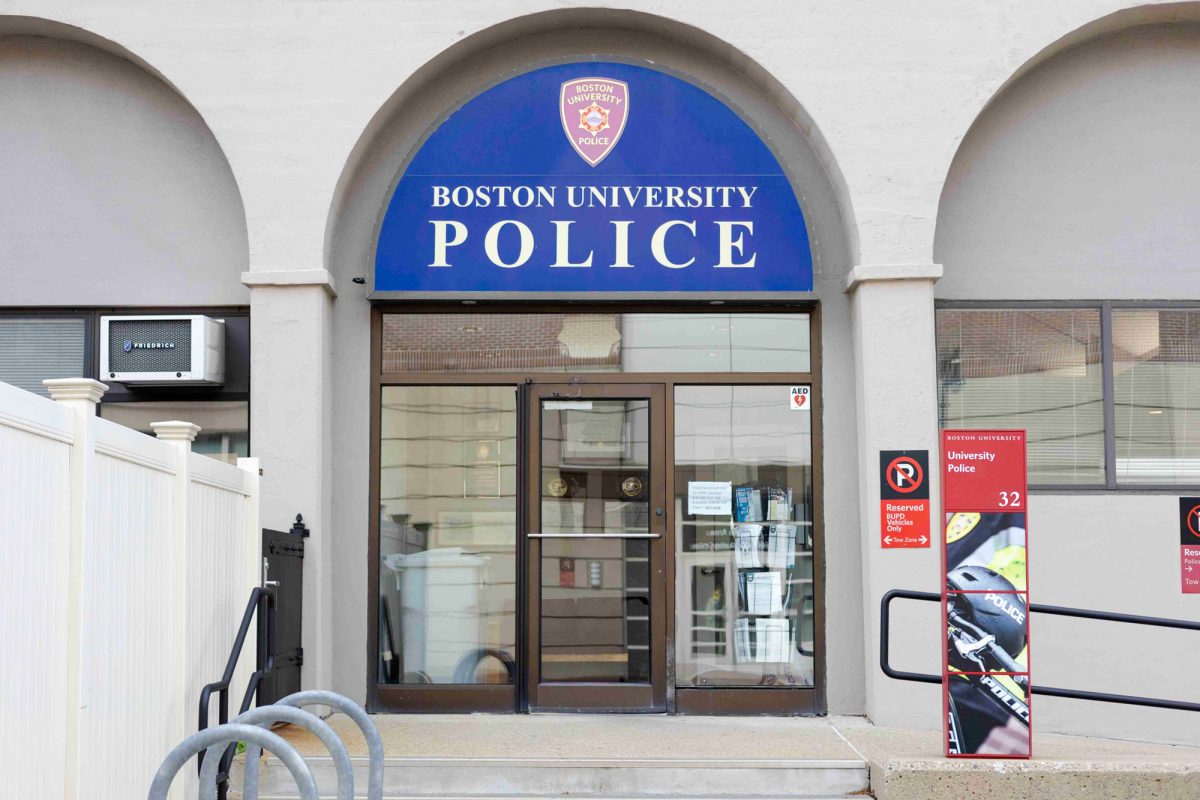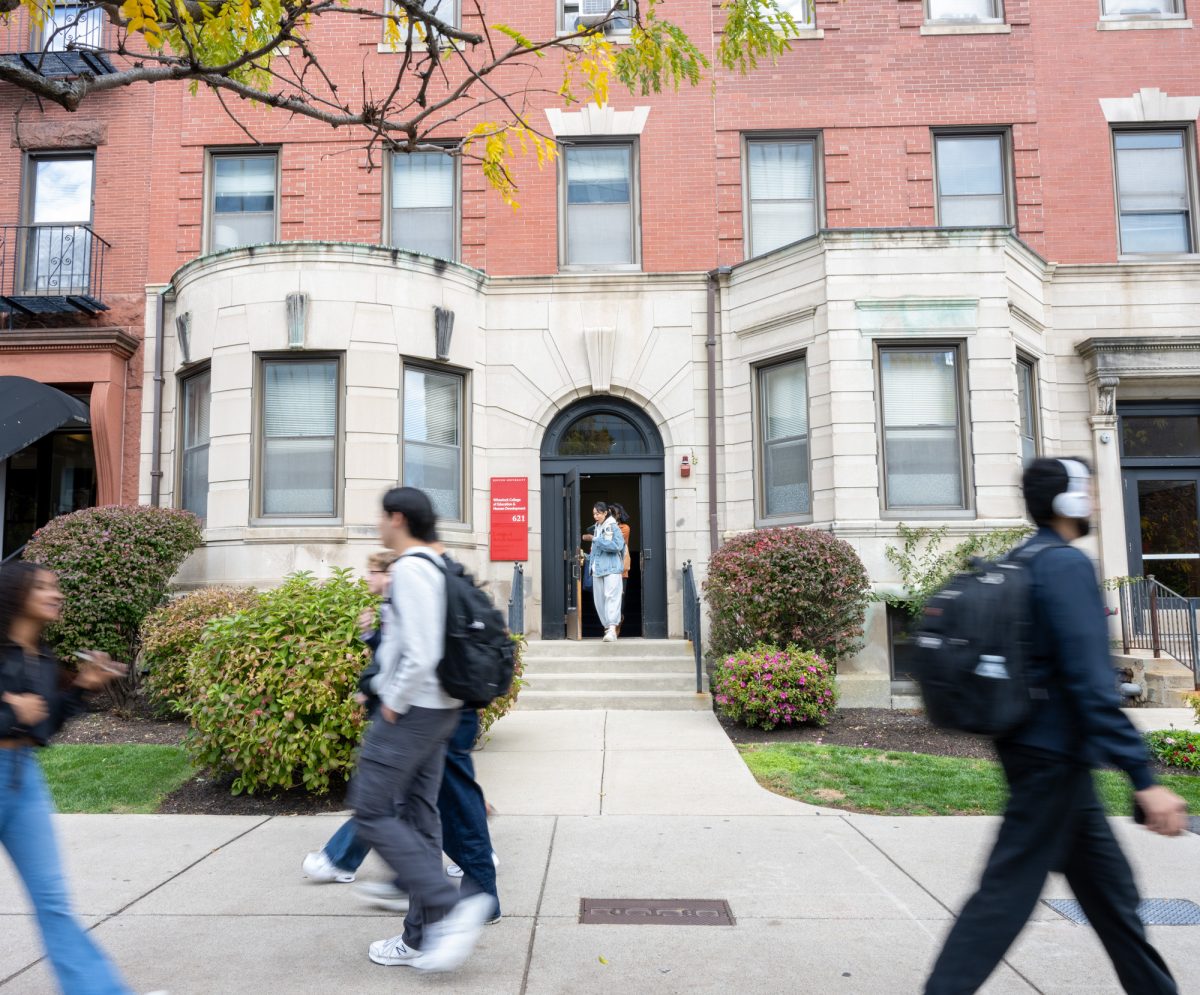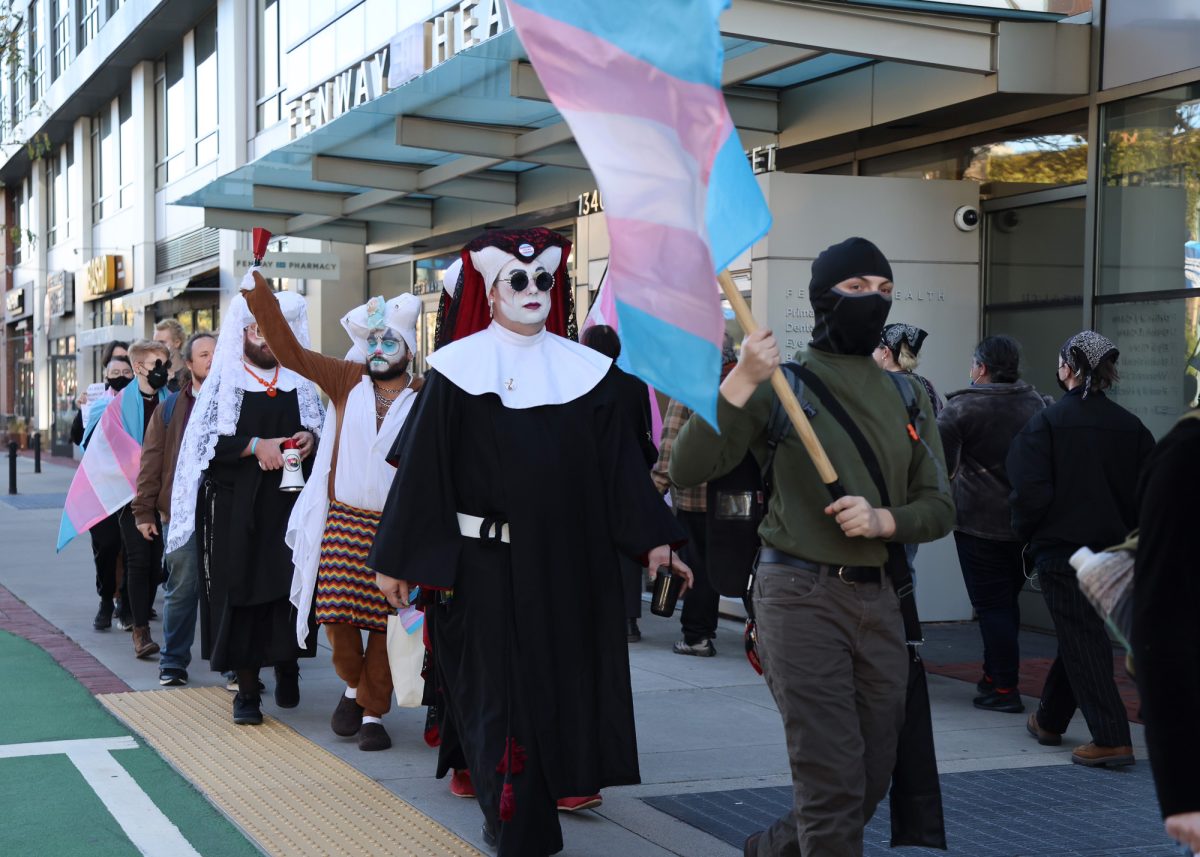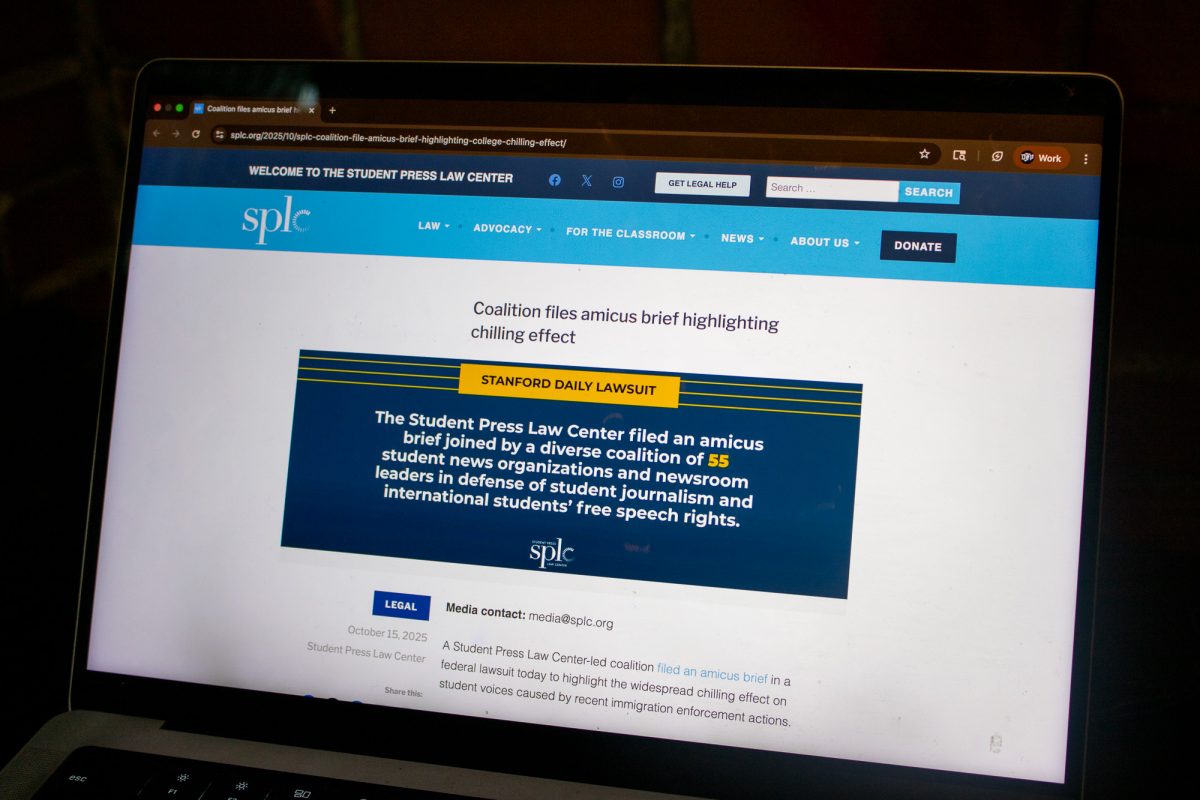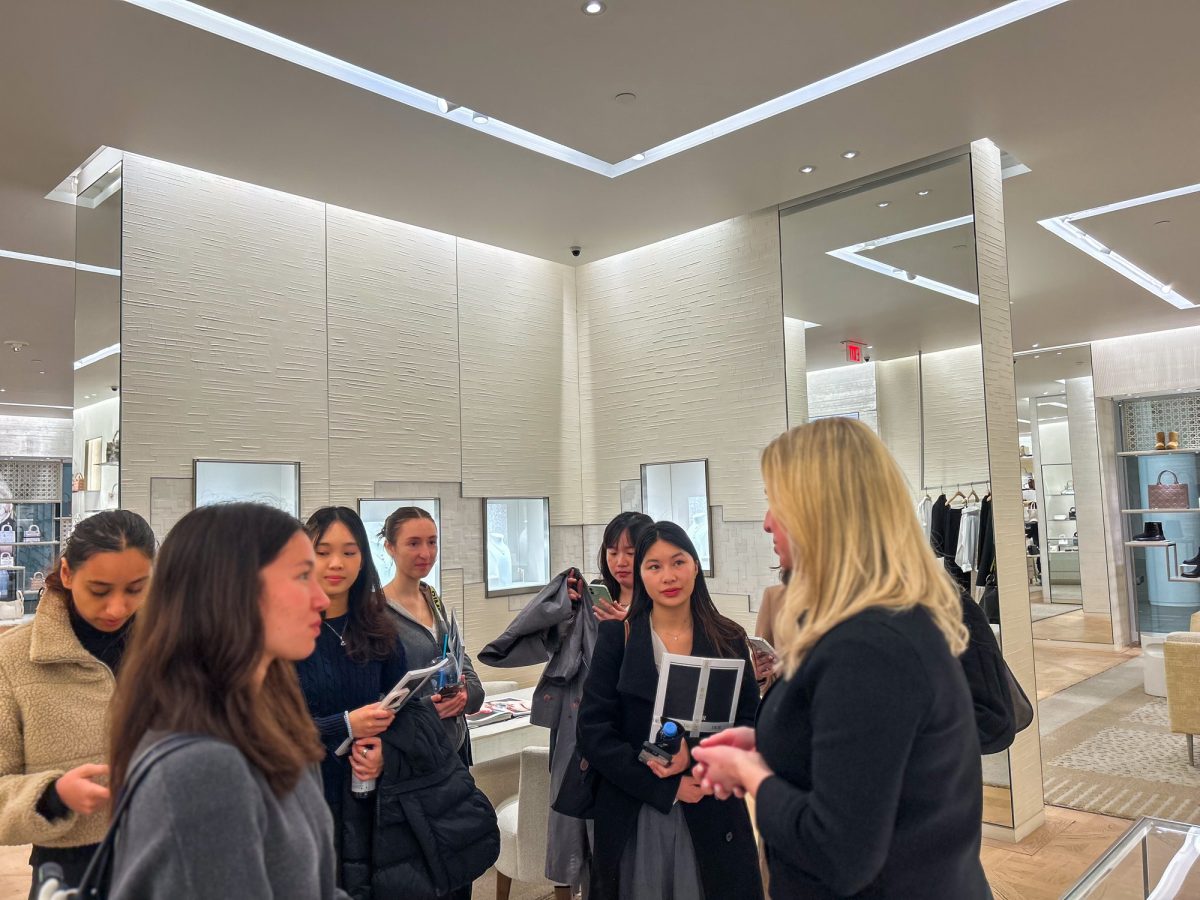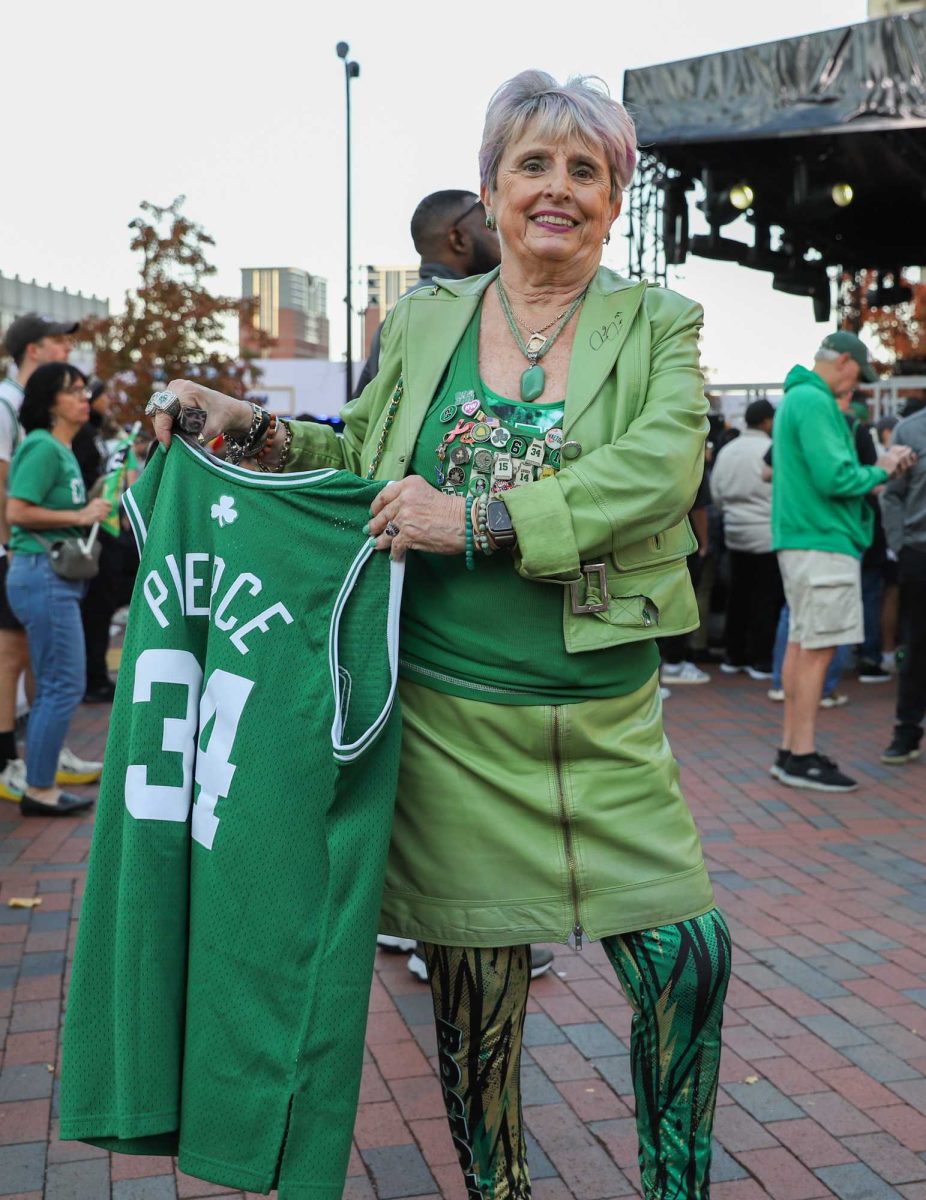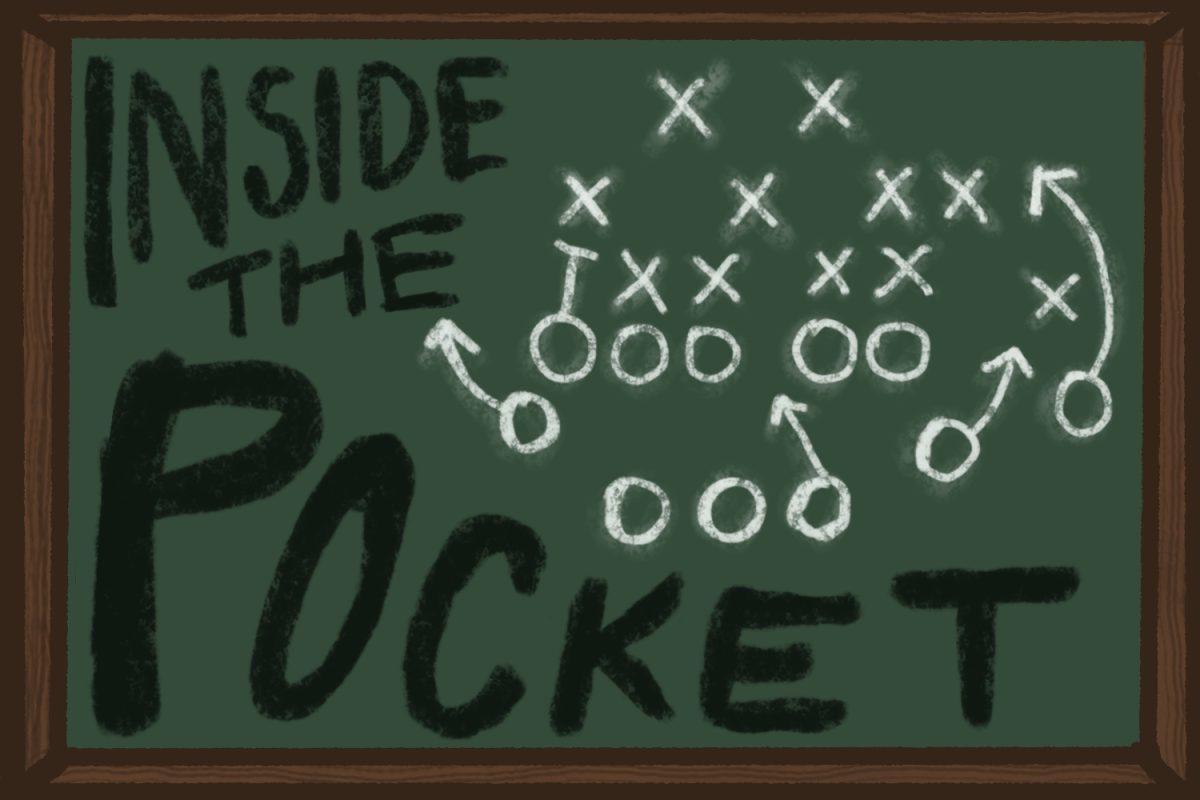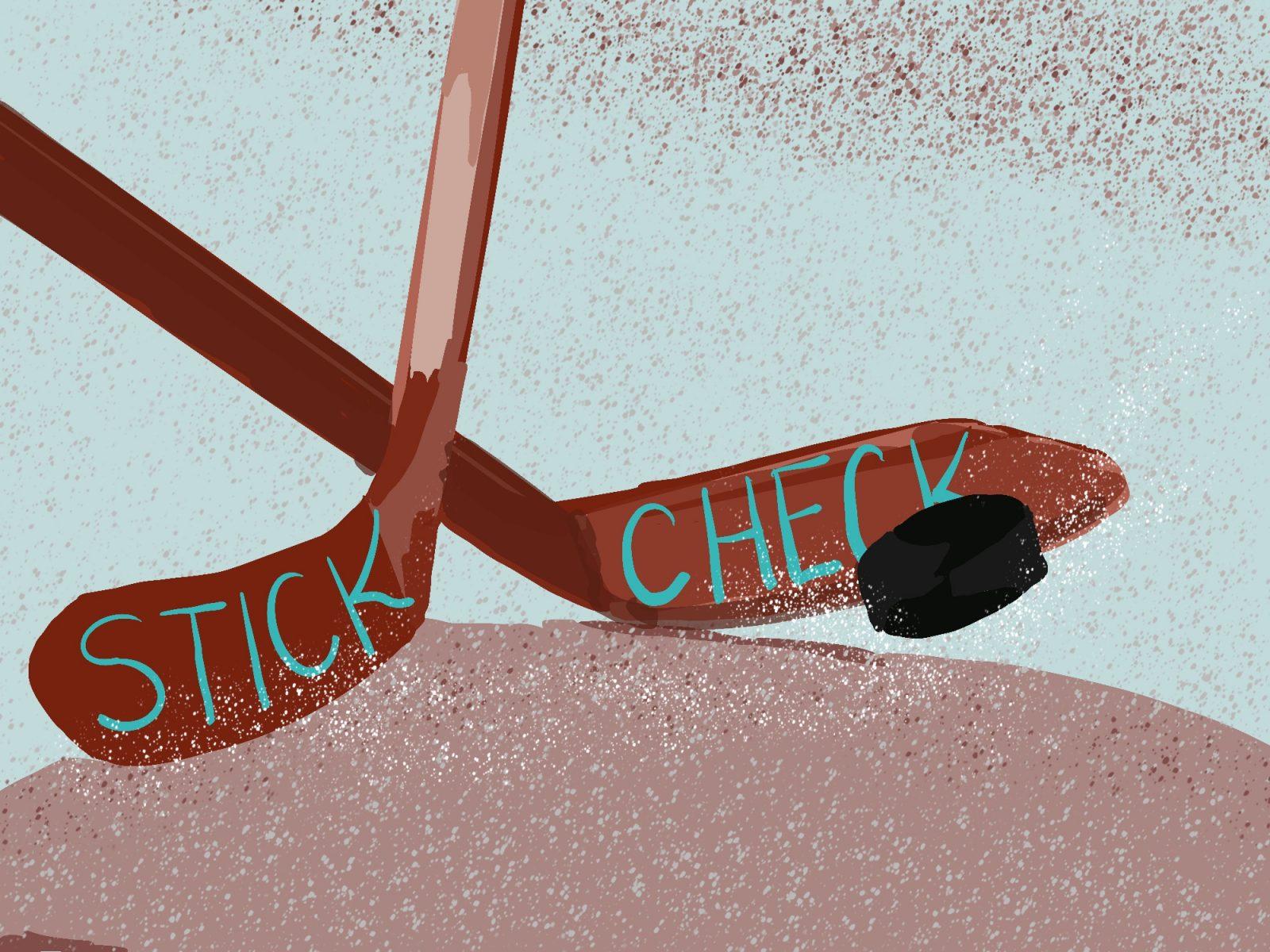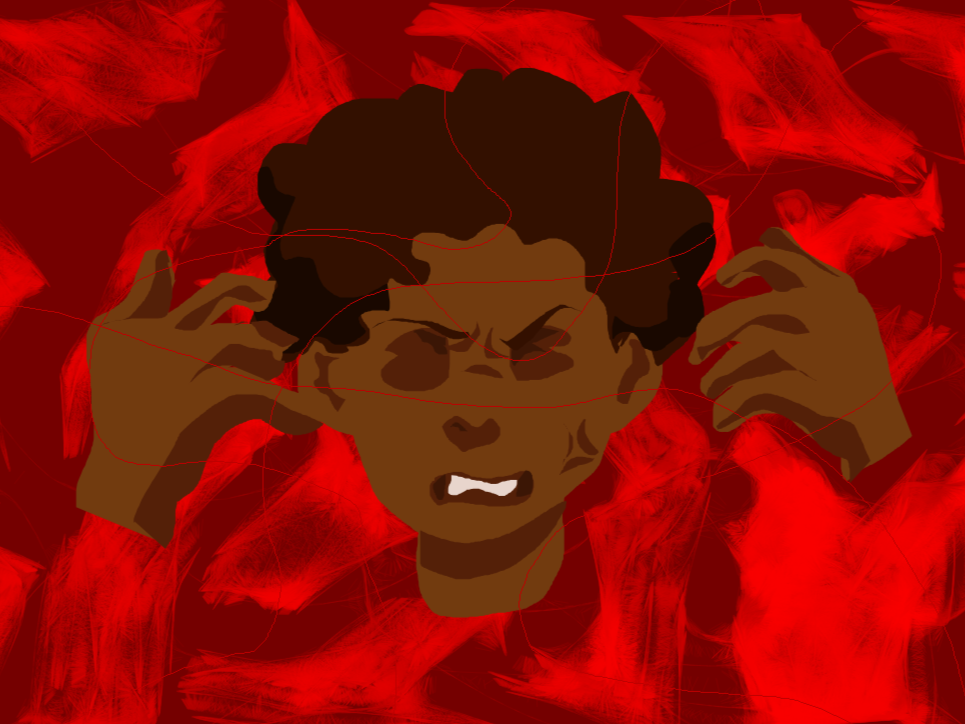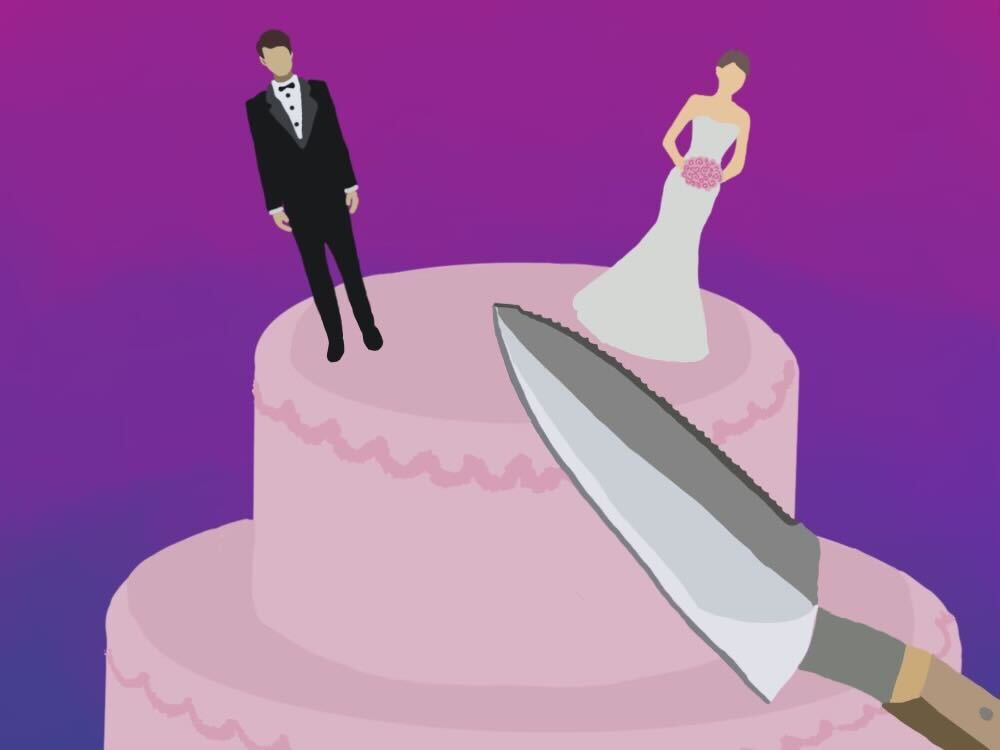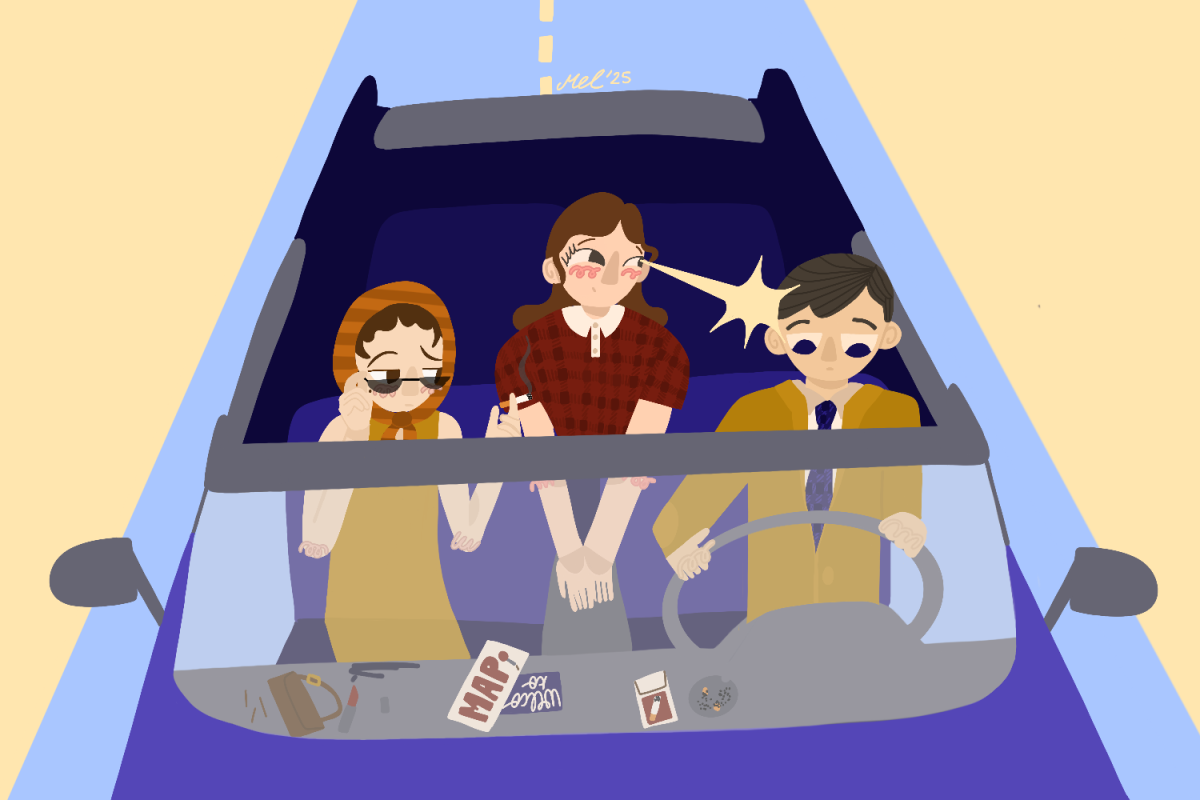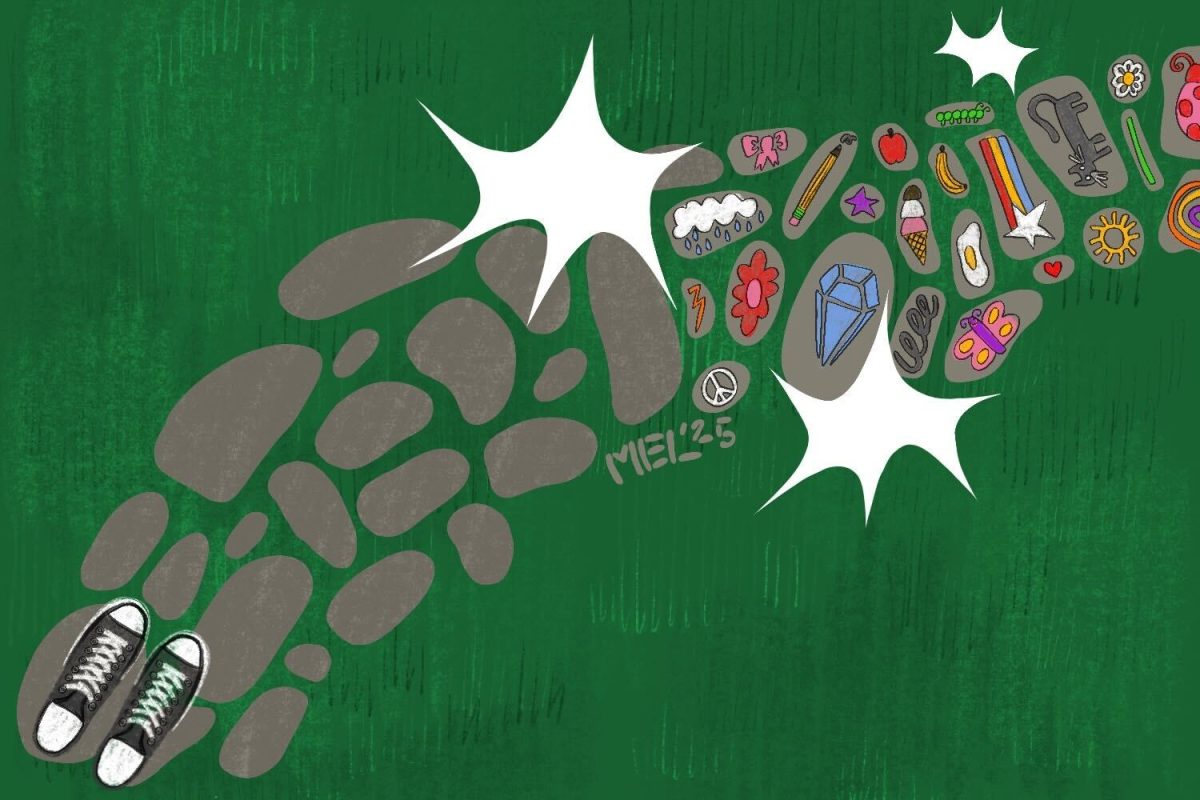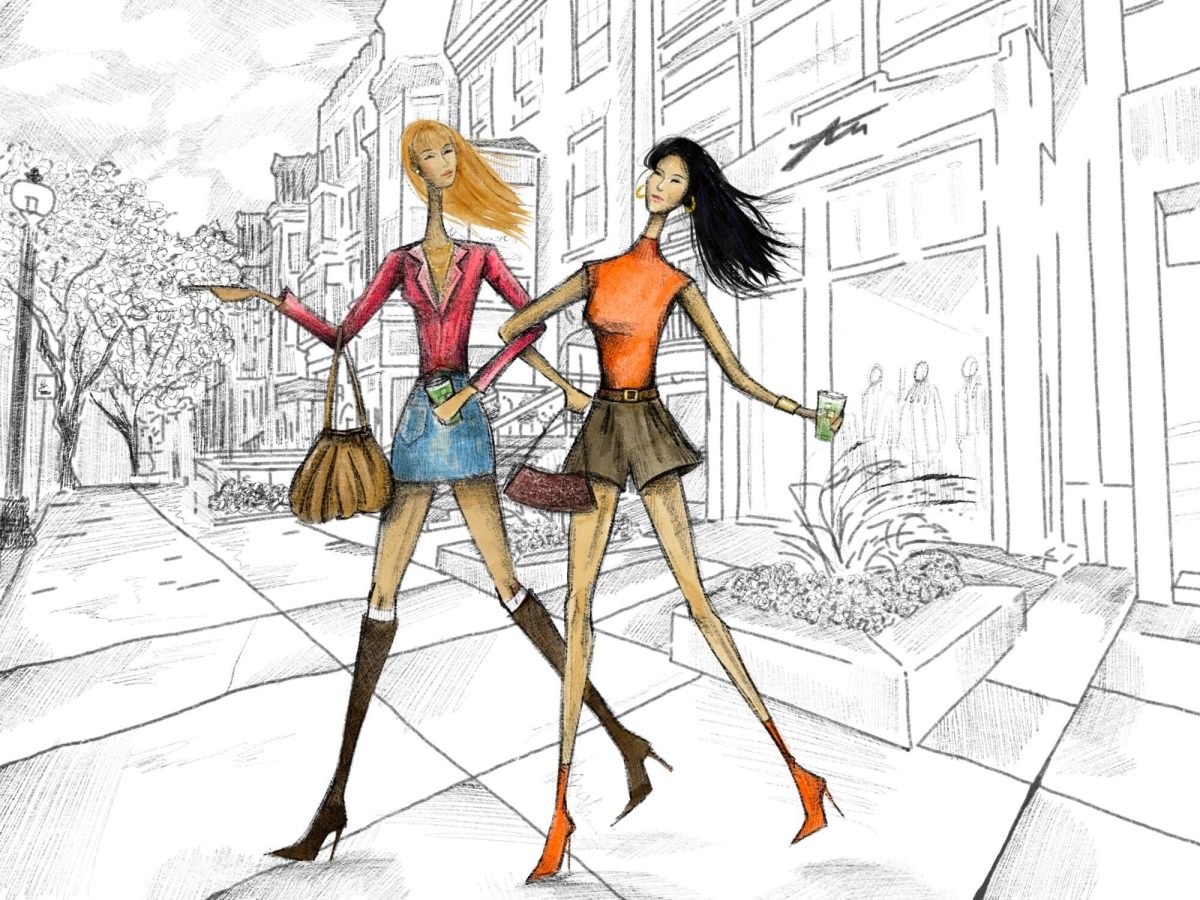Remember when you were eight and your class took the field trip to the museum with all of the paintings of naked ladies? Of course, now you know those naked ladies are art, but when you were eight, they were just, well, boobs. But hey, we grew up and now we can appreciate these masterpieces of nudity with pretentious “oos” and “ahhs,” instead of shifting our gaze uncomfortably so that the teacher doesn’t see us staring at the naked lady. Unfortunately, John Ashcroft didn’t get that memo.
Apparently, the attorney general had a case of the Jan Brady Jump-n-grabs when it came to a statue in the Great Hall of the Justice Department. The statue, which has stood since 1936, is a 12-foot tall woman with an exposed breast, and was clearly visible in the background of Ashcroft’s televised terrorism reports over the past months. However, that aluminum harlot won’t be scandalizing his press conferences anymore, since the Justice Department has covered her with ceiling-to-floor blue curtains. Oh, and the name of the statue the Justice Department just covered: “The Spirit of Justice.”
Yes, that’s right, the Justice Department has swept the Spirit of Justice under the rug. All you English majors out there must be salivating at the metaphor. But, before you go hunting for Scarlet Letter-style symbolism on this incident, it is only fair to note that the official reason for covering the statue is that a blue backdrop is TV-friendlier — not that the highest law officer in the land giggles like a schoolboy at the sight of a nipple.
But who cares what the actual reason was? Everybody made up their minds why it happened two paragraphs ago — well before the explanation was given. But, this isn’t about the explanation, it’s not about the act of covering the statue and it’s not about breasts (although that would be a lot more fun). This is about how the public perceives things.
Every action has two sides: what it is, and what it looks like. Unfortunately, we tend to judge things based on what they look like, not on what they are. Of course, our mothers told us not to judge a book by its cover, and most of the time, we practice that religiously. However, sometimes people do things that we can’t help but judge.
Case in point: BU’s stance that homosexuality will not be added to the nondiscrimination policy. What do the students hear? The simple fact that gay students will not be protected the same way that other students are. Of course, President Jon Westling gave an explanation, saying is no evidence of existing discrimination and therefore no action needed to be taken — but the act overshadows the explanation. The act reeks of discrimination, so nobody wants to listen to his explanation.
Explanations don’t mean much – it is only how the act is perceived. We hear homosexuals will not be added to the policy, so we assume the administration hates homosexuals. True, it is jumping to a conclusion, but it is the only conclusion that seems logical.
This is why there is so much friction between Westling and the Boston University students. Far too often, BU cannot explain its actions well enough. Cable, guest policy, smoking in the dorms — the explanations are weak, so we just form our own conclusions based on what we see.
The proverbial rock and a hard place. Is there anyway to end the miscommunication and convince the students their administration does not have an evil agenda? Of course.
First and foremost, the administration needs to think before it acts. Didn’t it occur to anybody in the president’s office that they would all look like bigots if homosexuals were not added to the policy? Eliminating the act will solve the problem pretty quick.
OK, let’s assume the administration must do something for the good of the University that will unfortunately make them look bad. In that case, there needs to be an aggressive campaign to explain themselves to us. We are the students — we pay to go here. In the end, the administration is here to serve us. They need to explain themselves to us so thoroughly that we can’t possibly hold it against them. And, if there is no way to explain something — like the nondiscrimination policy — then the administration needs to realize it is wrong and change the policy.
Unfortunately, leaders do not get the benefit of the doubt. The public will always lean toward the most scandalous, tawdry and ugly explanation. It’s tough, but it means our leaders — be them university presidents or attorneys general — must work all the harder to avoid putting themselves in a situation where we can make dangerous assumptions. Think before you act, otherwise you get caught with your hand on the naked statue’s boob — and boy, will you have trouble explaining that to your third-grade teacher.


